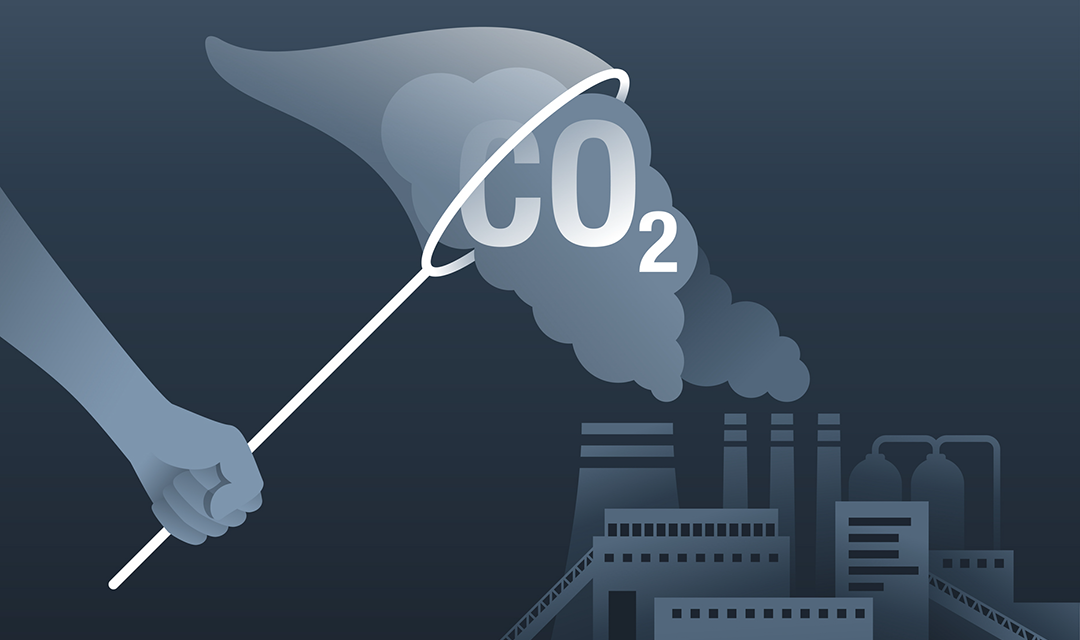Seed grant spotlight: Upgrading direct air capture
Giordana Verrengia
May 5, 2025

Instead of reinventing the wheel with their latest project, researchers Paul Salvador and Mohammad Islam are making an existing system more efficient, affordable, and effective. The “wheel,” in this scenario, is direct air capture (DAC), a technique that works exactly as it sounds by taking carbon dioxide (CO2) out of the atmosphere and either storing it or repurposing it by making other types of materials.
“In this case, decarbonization means removing the impact of using materials that produce carbon dioxide as opposed to eliminating its use,” said Salvador, a professor of materials science and engineering who’s also the director of the Energy Science, Technology & Policy Program at Carnegie Mellon University.
Thanks to support from a Scott Institute seed grant, Salvador and Islam hope to resolve a key issue with current DAC technologies: they don’t capture enough greenhouse gas (GHG) emissions to justify the steep cost.
“The sorbents, which absorb carbon dioxide, tend to be the largest cost and need to be improved,” said Salvador.
In a perfect world, DAC works quickly and efficiently, with aerogels acting like sponges to capture and release carbon dioxide. However, current systems spend too much time desorbing the carbon dioxide, curtailing the amount of GHG emissions taken from the atmosphere.
Salvador and Islam propose using aerogel sorbents made of metal-organic frameworks (MOFs) as a way to improve the desorption rate of captured CO2.
“The integration of MOFs into carbon nanotube networks reduces the size of MOF crystals, enhancing their CO2 capturing abilities,” said Islam, a professor of materials science and engineering. “The carbon nanotube network can rapidly heat these smaller MOF crystals, facilitating the quick release of CO2 from the MOF crystals.”
The sooner that captured CO2 is released, the sooner the DAC process starts over, leading to more CO2 capture in a shorter time frame.
“Cost-benefit analysis is something that we always have to do when evaluating technology for commercial use,” said Islam. “The system that we are proposing would allow us to capture carbon at a cost that makes it a financially viable option.”
In addition to supporting GHG emissions goals, Salvador and Islam are pleased that this project has engaged innovative students from undergraduate, master’s, and doctoral programs. This project also marks the first time that both faculty have focused on carbon capture as a research topic.
By making DAC a faster and cheaper process, Salvador and Islam’s research could contribute to a larger DOE initiative called the Carbon Negative Shot, which aims to find alternative carbon sources and make it available at gigatonne scale for less than $100 a tonne.
